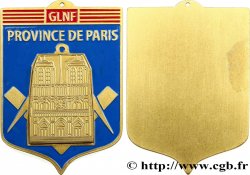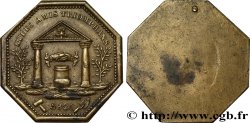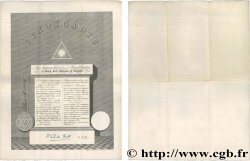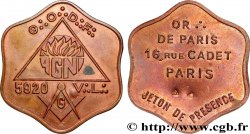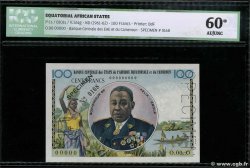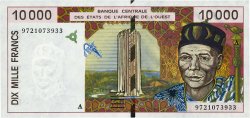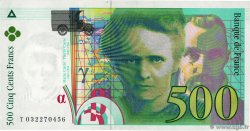fjt_567608 - FREEMASONRY carte postale antimaçonnique - ELECTION DE POINCARE 1913
Not available.
Item sold on our e-shop (2024)
Price : 10.00 €
Item sold on our e-shop (2024)
Price : 10.00 €
Type : carte postale antimaçonnique - ELECTION DE POINCARE
Date: 1913
Metal : cardboard
Edge : E. R. PARIS (déposé)
Catalogue references :
Predigree :
Exemplaire provenant de la Collection JCT
Obverse
Obverse legend : IL EST RESTÉ EN ..... PAMS (LISEZ EN PANNE).
Obverse description : Jules Pams sur un chariot (battu par Raymond Poincaré‚ lors de l'élection présidentielle de 1913).
Reverse
Commentary
(14 cm x 9 cm). Exemplaire répertorié dans l’ouvrage de Francis Cévènes: LA FRANC-MAÇONNERIE A LA BELLE ÉPOQUE par la carte postale. D’après l’ouvrage de Francis Cévènes, “En 1913, Raymond Poincaré est élu Président avec 483 voix contre 260 au radical Jules Pams qui, sur son chariot, porte le tablier maçonnique. Sur le flan de la carriole, au dessus de la roue, la mention S :. G :. D :. G :. pour Sans Garantie Du Gouvernement (Sources : Francis Cévènes)”.








 Report a mistake
Report a mistake Print the page
Print the page Share my selection
Share my selection Ask a question
Ask a question Consign / sell
Consign / sell
 Full data
Full data